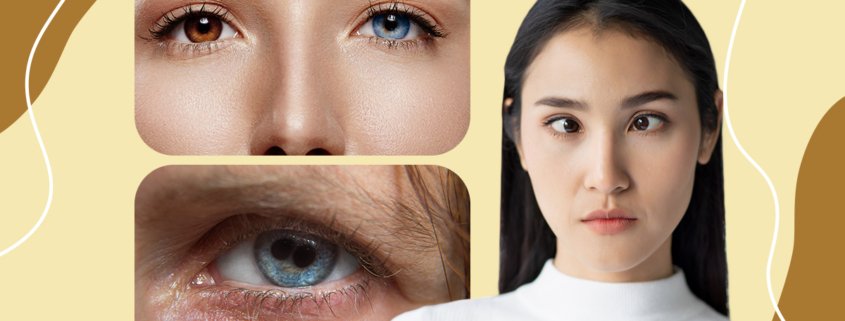Knowing Rare And Bizarre Eye Conditions
As the body develops, sometimes rare deformities appear. The eye is no exception.
What would you think if you saw someone with strange eyes? Would you think, how can that person see properly? Why didn’t they get it fixed? How do unusual eye conditions affect people’s social lives?
These bizarre eye conditions can be DNA-related, the result of a rare genetic condition. Some of them arise during cell division, where cells unrelated to the eye start dividing and becoming part of the eye. Brain and muscle control of the eye can be affected, too. Even when the pupil, iris, and sclera are all fairly normal, the eye’s motion may be poorly controlled and look bizarre. You may wonder where they are looking, or why the eye has a “twitch.” Tear ducts can affect eye function and appearance, too.
Imagine these conditions:
- Hairy Eyeball — A very rare condition where non-eye tissue grows in the eyeball, producing hair.
- Red Eyes — A symptom of albinism, where low pigmentation makes eye blood vessels show through the iris.
- Different Colored Eyes — Heterochromia, or irises of different colors, such as blue and green.
- Two Pupils in One Eye — Polycoria and pseudo polycoria, from two independent pupils or just multiple iris holes in one, rare.
- Black Eyes — Aniridia, a very thin iris that is not visible, making the eye has no color.
- Cat Eye Syndrome — A rare genetic disease with retinal deformities that look like cat eyes.
- Crying Blood — Haemolacria, from a genetic tear duct malfunction that’s rare; this condition can also occur from other diseases.
- Involuntary Eye Movements — Nystagmus, eyes that “twitch” on their own.
- Uncoordinated Eyes — Strabismus, eyes that don’t move together.
- Lazy Eye — Amblyopia, often arising in childhood, where one eye has weaker movement and vision loss results.
At Shinagawa, our skilled eye care doctors can provide diagnosis and treatment of many rare eye conditions. Our team of specialists can help patients learn to live with genetic conditions and sometimes find solutions to eye motion-related challenges and other diseases, especially to avoid lifelong problems for children. We encourage you to talk with us and get help if these conditions affect you.
We’re also providers of vision care for those affected by more common conditions such as nearsightedness, farsightedness, and simple aging. We’re your best resource for LASIK and other corrective eye procedures in the country. No matter what your eye concerns, reach Shinagawa!
Call our Patient Care Lines: (+632) 7-368 5238 l (+63) 917 862 7454 l (+63) 921 217 0517 for inquiries, questions, and appointments or talk to our consultants via LiveChat at https://shinagawa.ph so we can address and answer them for you.





Leave a Reply
Want to join the discussion?Feel free to contribute!